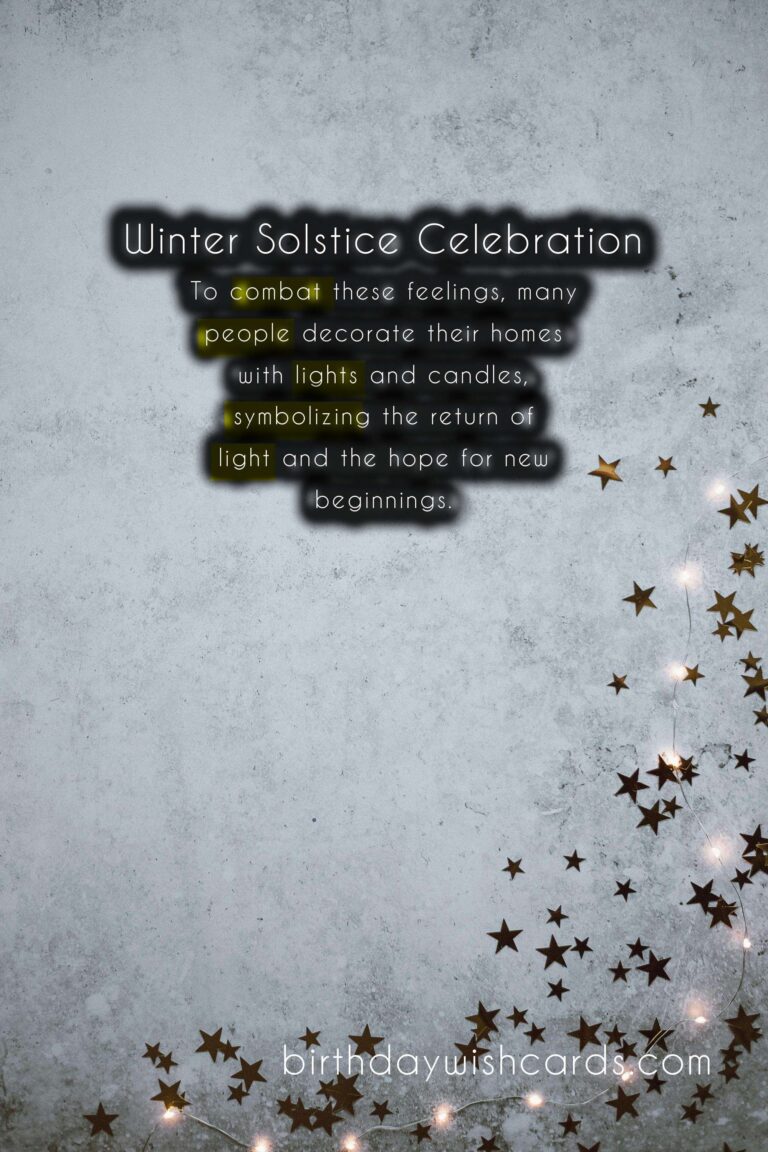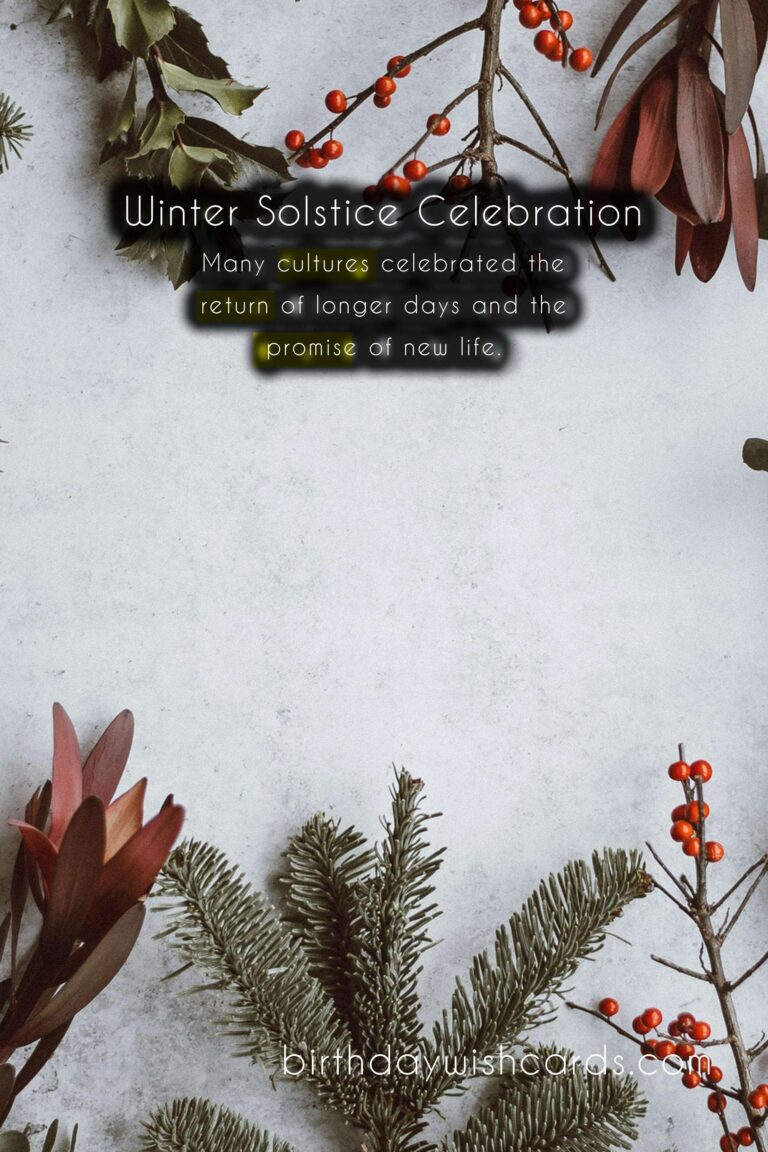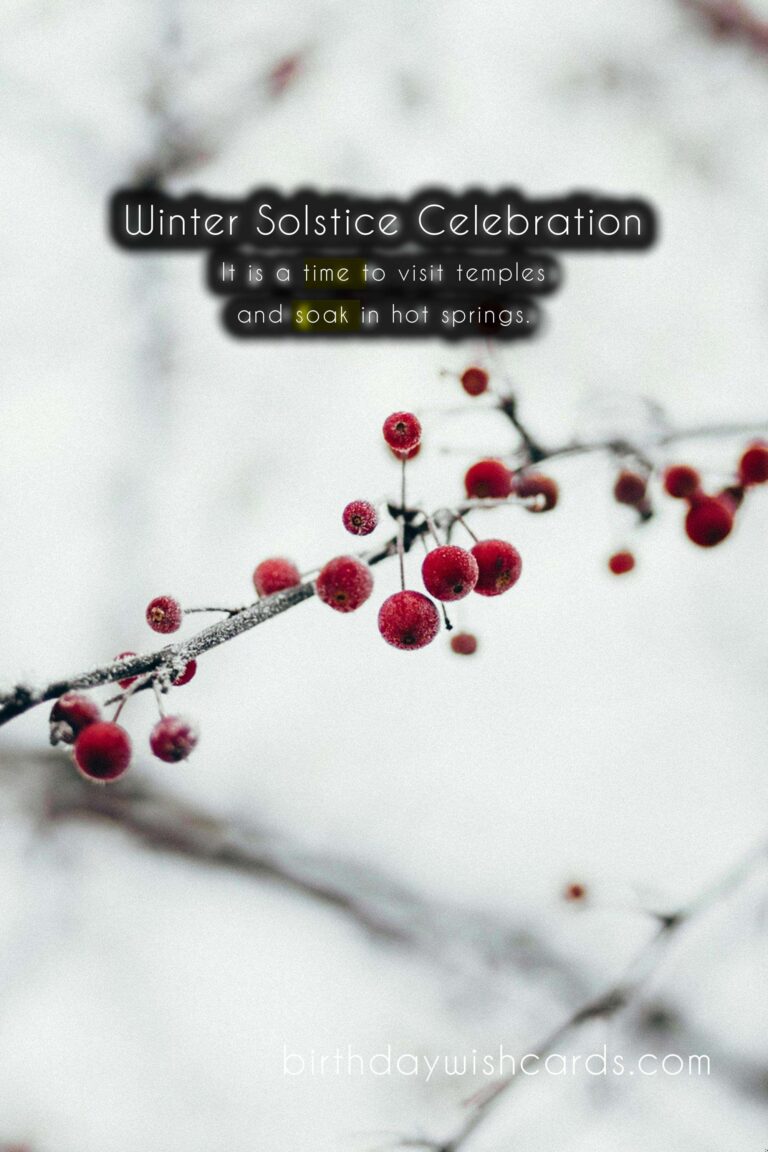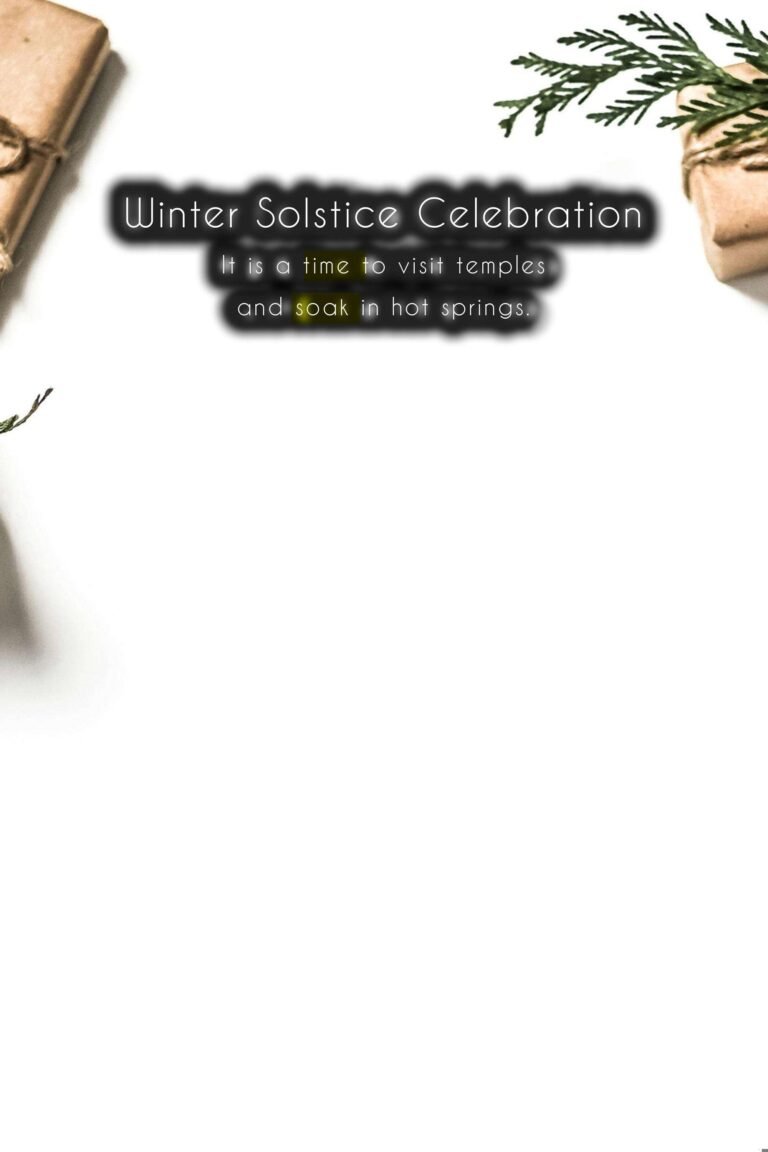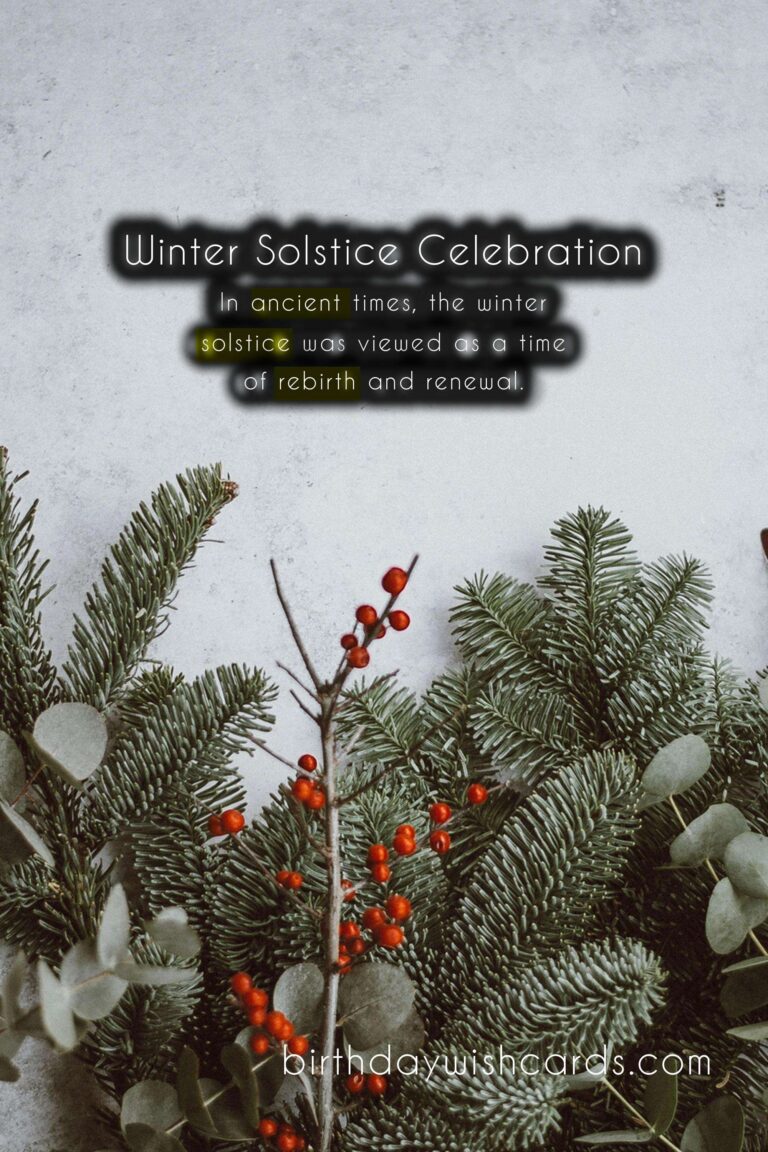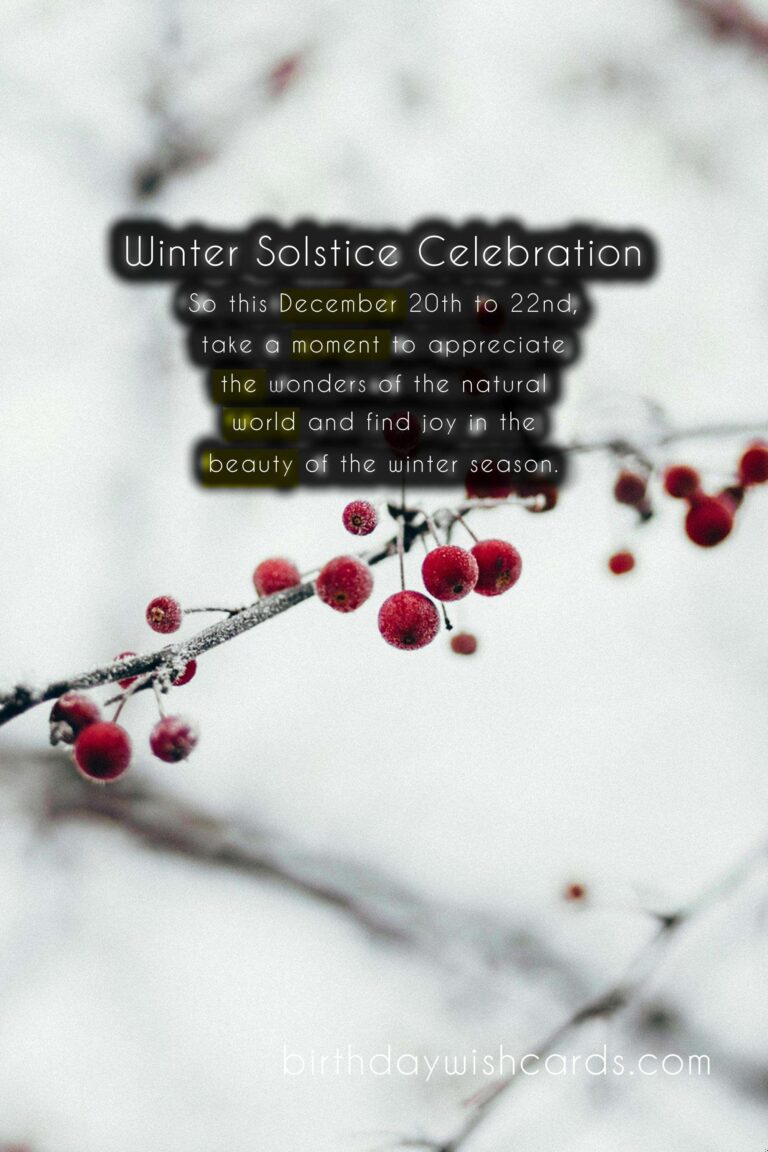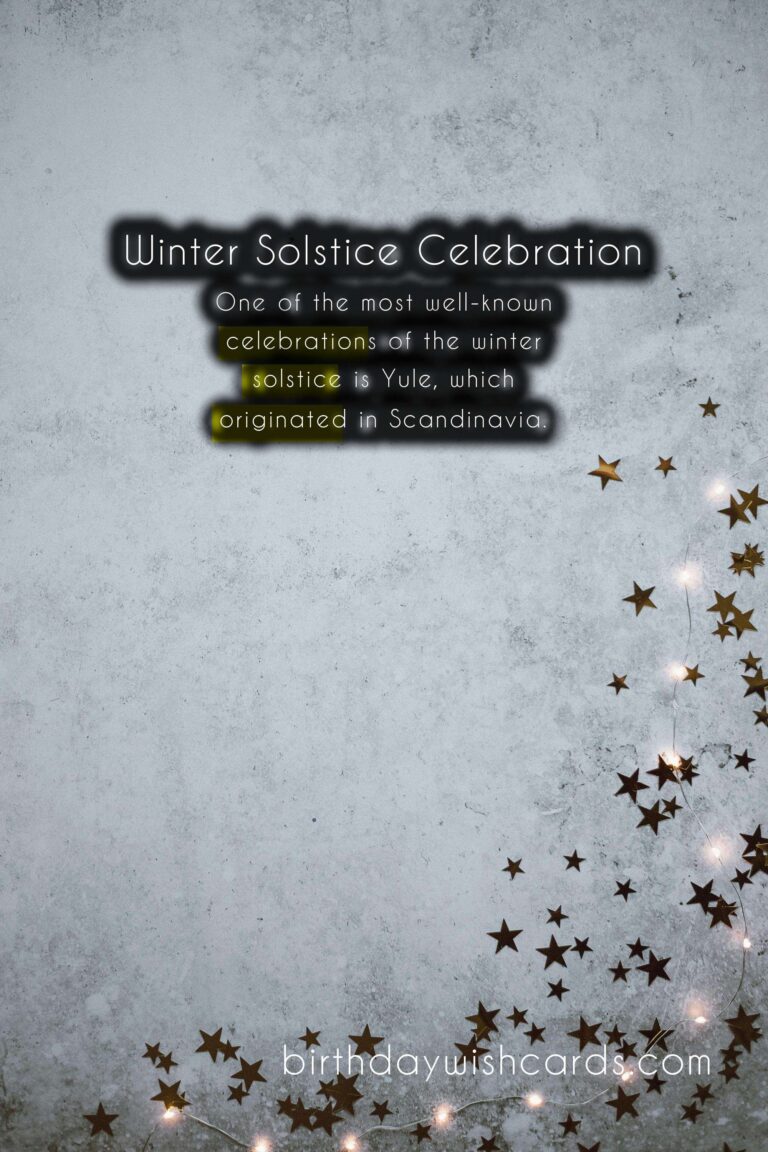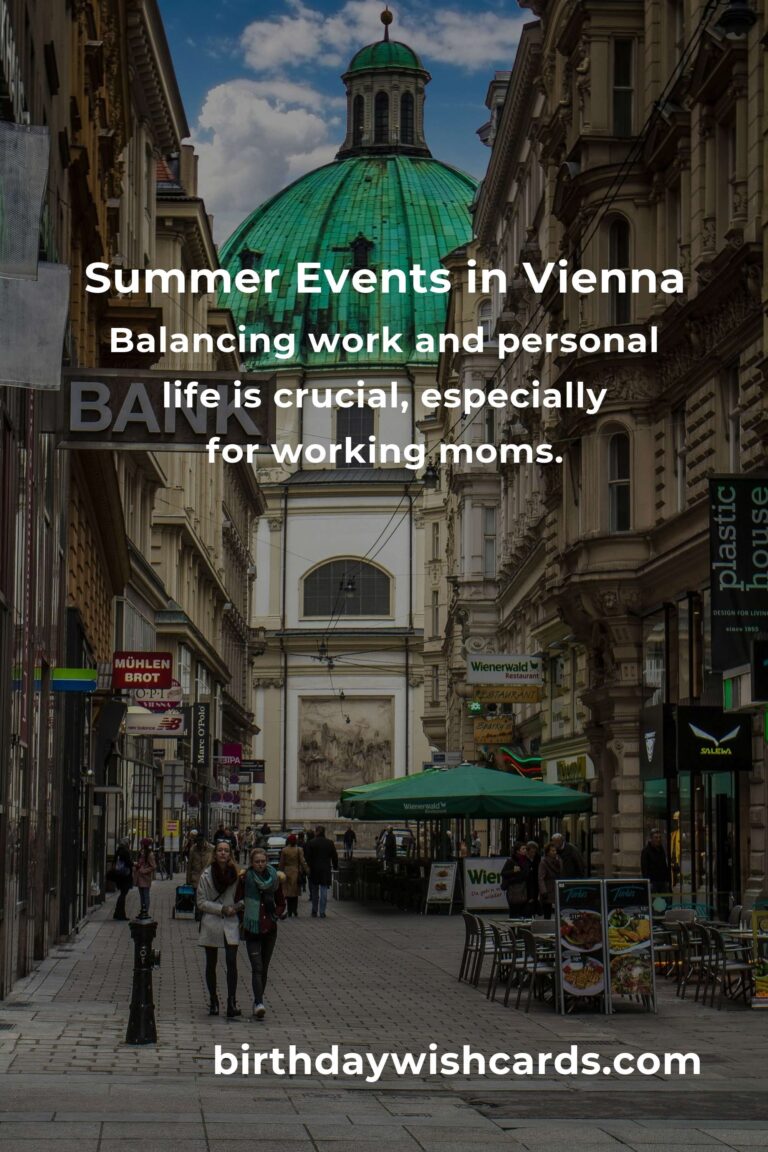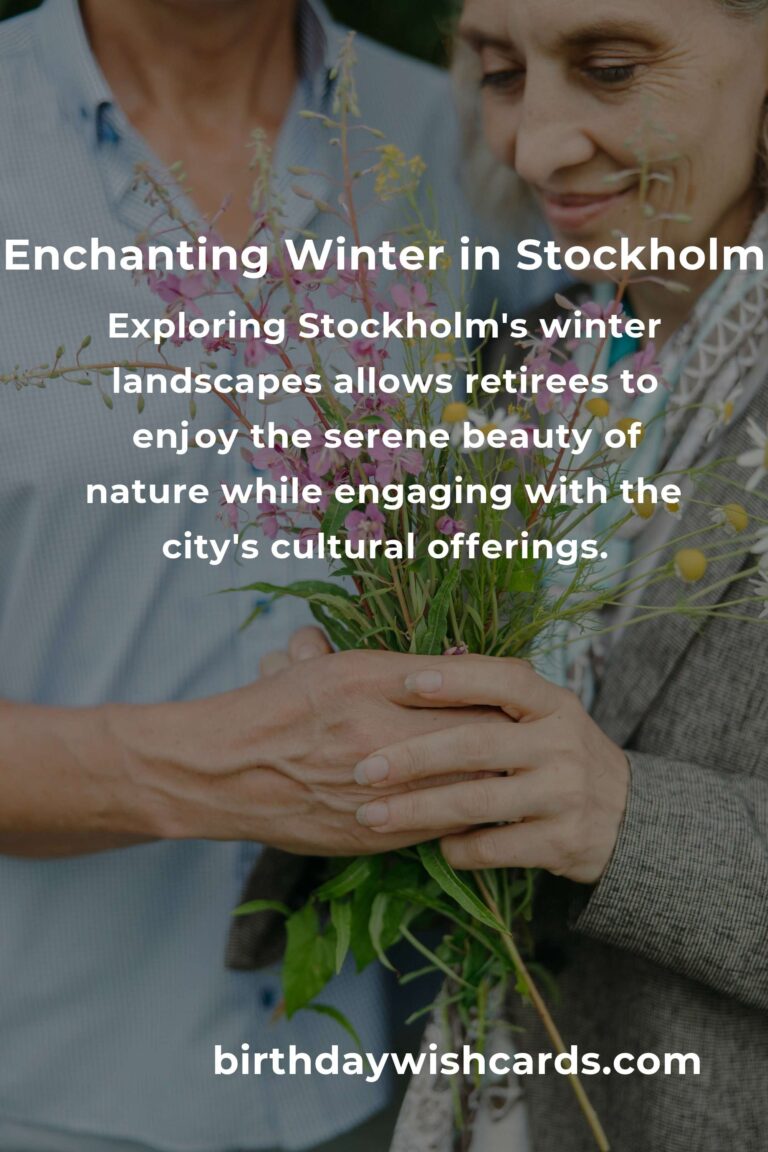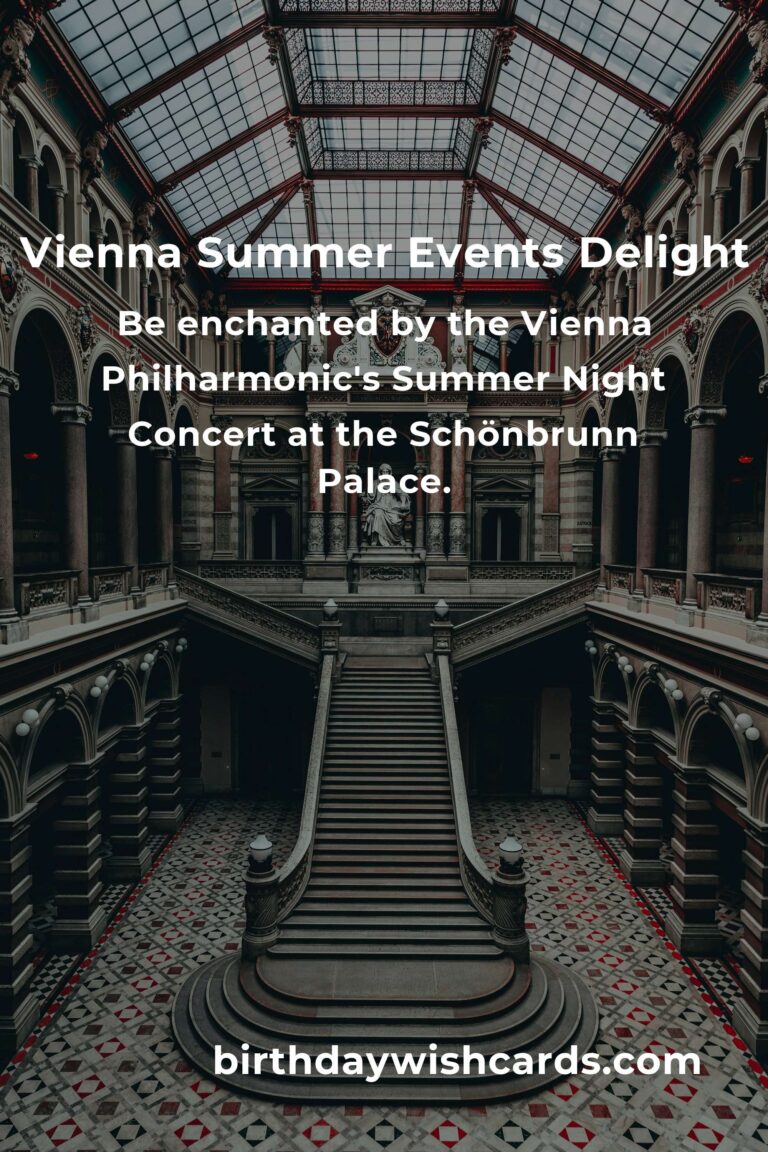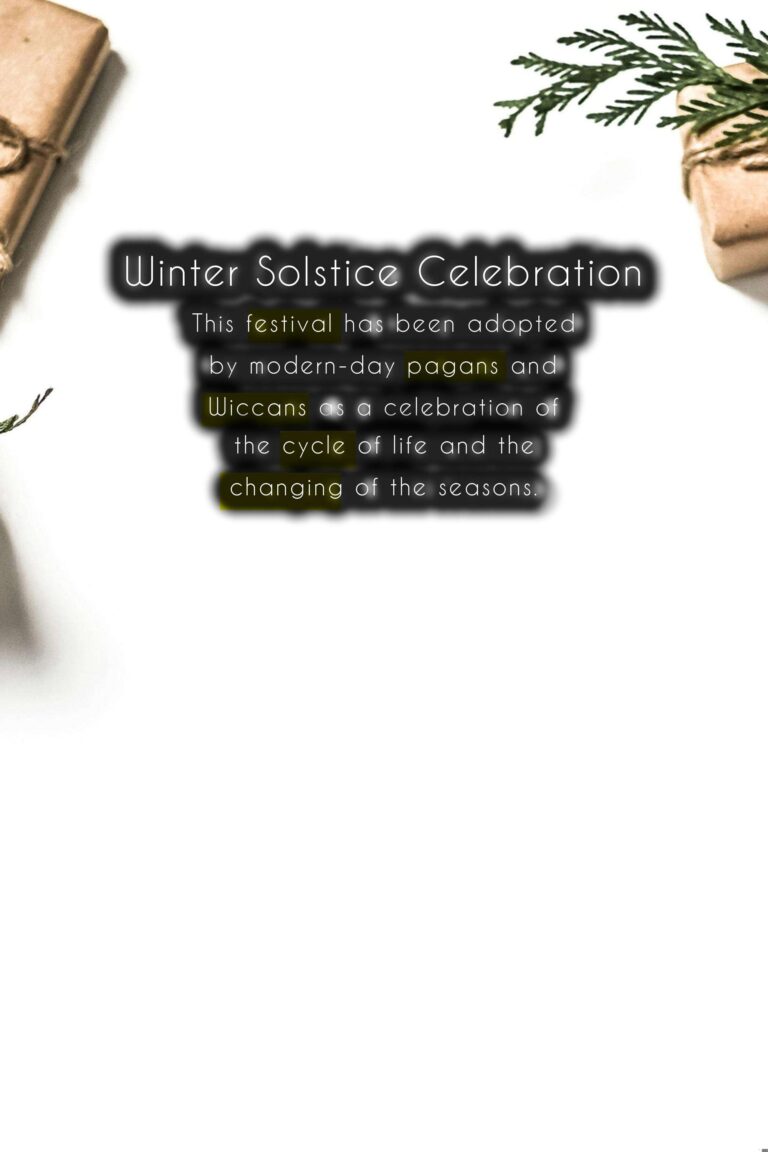 The winter solstice, also known as the December solstice, marks the longest night and shortest day of the year in the Northern Hemisphere. This astronomical event takes place every year between December 20th and 22nd, and has been celebrated by cultures around the world for centuries. The word “solstice” comes from the Latin word “solstitium”, meaning “sun stands still”. This is a reference to the fact that the sun appears to stop in its journey, and then begins to move in the opposite direction. The winter solstice has been a significant date for many cultures throughout history. In ancient times, the winter solstice was viewed as a time of rebirth and renewal. Many cultures celebrated the return of longer days and the promise of new life. One of the most well-known celebrations of the winter solstice is Yule, which originated in Scandinavia. This festival has been adopted by modern-day pagans and Wiccans as a celebration of the cycle of life and the changing of the seasons. In China, the winter solstice is celebrated with the Dongzhi festival, which is a time for families to gather and eat traditional foods. In Japan, the winter solstice is a national holiday known as “Toji”. It is a time to visit temples and soak in hot springs. In Iran, the winter solstice is marked by the celebration of Yalda, where families stay up all night to eat, drink and read poetry together. In addition to religious and cultural celebrations, the winter solstice holds a special significance for astronomy and science. Many ancient structures and monuments, such as Stonehenge, were built to align with the winter solstice. These structures serve as a reminder of the relationship between humans and the natural world. The winter solstice also marks the beginning of winter in the Northern Hemisphere and summer in the Southern Hemisphere. As the days continue to get shorter after the solstice, many people experience feelings of nostalgia and sadness. This is often referred to as “seasonal affective disorder” or SAD. To combat these feelings, many people decorate their homes with lights and candles, symbolizing the return of light and the hope for new beginnings. Overall, the winter solstice is a time to reflect on the cycles of life and the importance of light and darkness in our lives. No matter what traditions or beliefs you adhere to, the winter solstice is a reminder of the interconnectedness of all living things on this planet. So this December 20th to 22nd, take a moment to appreciate the wonders of the natural world and find joy in the beauty of the winter season.
The winter solstice, also known as the December solstice, marks the longest night and shortest day of the year in the Northern Hemisphere. This astronomical event takes place every year between December 20th and 22nd, and has been celebrated by cultures around the world for centuries. The word “solstice” comes from the Latin word “solstitium”, meaning “sun stands still”. This is a reference to the fact that the sun appears to stop in its journey, and then begins to move in the opposite direction. The winter solstice has been a significant date for many cultures throughout history. In ancient times, the winter solstice was viewed as a time of rebirth and renewal. Many cultures celebrated the return of longer days and the promise of new life. One of the most well-known celebrations of the winter solstice is Yule, which originated in Scandinavia. This festival has been adopted by modern-day pagans and Wiccans as a celebration of the cycle of life and the changing of the seasons. In China, the winter solstice is celebrated with the Dongzhi festival, which is a time for families to gather and eat traditional foods. In Japan, the winter solstice is a national holiday known as “Toji”. It is a time to visit temples and soak in hot springs. In Iran, the winter solstice is marked by the celebration of Yalda, where families stay up all night to eat, drink and read poetry together. In addition to religious and cultural celebrations, the winter solstice holds a special significance for astronomy and science. Many ancient structures and monuments, such as Stonehenge, were built to align with the winter solstice. These structures serve as a reminder of the relationship between humans and the natural world. The winter solstice also marks the beginning of winter in the Northern Hemisphere and summer in the Southern Hemisphere. As the days continue to get shorter after the solstice, many people experience feelings of nostalgia and sadness. This is often referred to as “seasonal affective disorder” or SAD. To combat these feelings, many people decorate their homes with lights and candles, symbolizing the return of light and the hope for new beginnings. Overall, the winter solstice is a time to reflect on the cycles of life and the importance of light and darkness in our lives. No matter what traditions or beliefs you adhere to, the winter solstice is a reminder of the interconnectedness of all living things on this planet. So this December 20th to 22nd, take a moment to appreciate the wonders of the natural world and find joy in the beauty of the winter season. 
